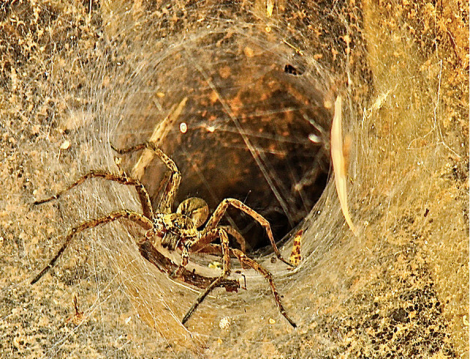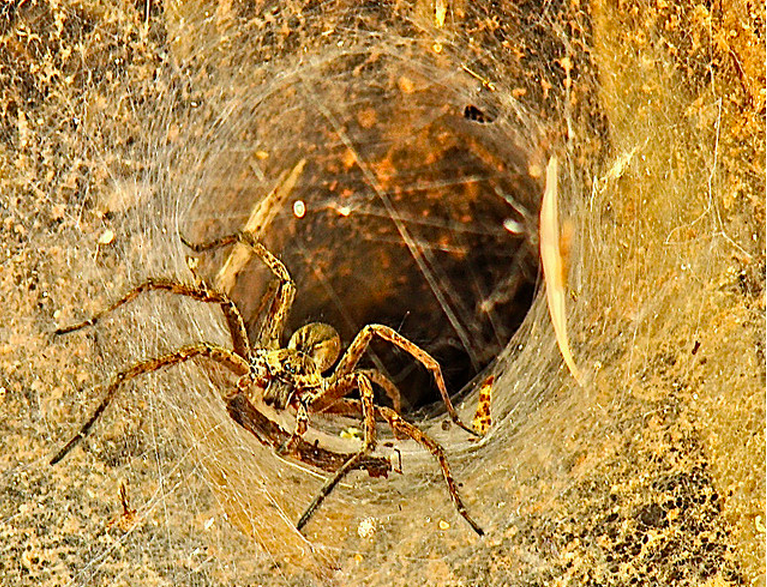
Flávio Jota de PaulaSOMEONE PLEASE WAKE ME UP NOW.
Fuckin’ magnets, how do they work? Spiders know, because that’s part of how they sneakily ensnare their unsuspecting prey, according to a new study in bedside reading favorite Scientific Reports. Basically, charged insects evoke a response from the silk threads in spiderwebs. Creepy! The Atlantic has the deets:
According to the research, the webs and positively charged objects — like, say, insects flying by — seem to be attracted to each other. Electrically attracted to each other. Unavoidably attracted to each other. Insects’ wings, after all, don’t simply keep their owners in the air as they’re flapping; they also, in the process, generate electrical charge. Honeybees can generate enough charge — up to 200 volts — to detach pollen from flowers. And spider webs may take advantage of that in a way that is both evolutionarily ingenious and totally insidious at the same time, capturing prey by essentially sucking their victims in.
How’d UC Berkeley scientists discover this? By playing with vibrators their kids’ toys, natch:
Ortega-Jimenez, Live Science notes, had the electricity-as-hunting-tool idea while playing with his daughter — with, specifically, an electrostatically charged “magic wand” that helps light objects that come into contact with it to levitate. The pair passed the wand in front of a spider web — and the web deformed in response.
Still not as freaky as this 3D-printed robot spider that dances:



